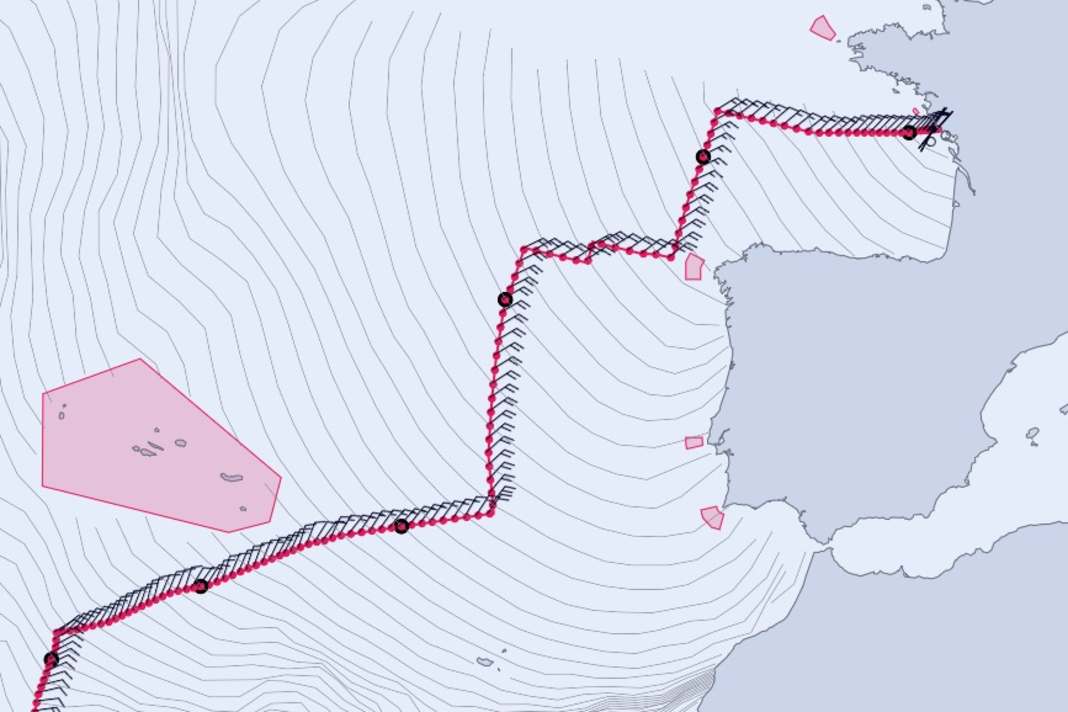



He has already advised Ultim teams such as "Spindrift" and "Sodébo", routed Class 40 skipper Phil Sharp to victory in the Route du Rhum and provided meteorological support to Charlie Dalin since his early beginnings in the MiniTransat. Shortly before the start of the Vendée Globe, it is above all the Dorado software he developed that gives Jure Jerman access to many of the top teams. Will Harris and Boris Herrmann from Team Malizia are also using it to prepare for the race.
We met the 58-year-old Slovenian this morning to discuss the prospects for the first few days and to feed his routing programme with the latest weather data.
Anyone who has already checked the situation with the help of windy.com will have seen that a very subdued start is imminent. This is certainly better for skippers and their boats than a nasty cold front from the west, which is far more common at this time of year. But even light winds of around five knots can be stressful. And that's exactly what the fleet can expect in the first twelve hours.
10th Vendée Globe: Untypical weather conditions at the start
Jure Jerman, himself a dedicated regatta sailor and multiple Silverrudder finisher, describes the scenario as "atypical" because there are two highs over the Bay of Biscay, which block the direction of the North Atlantic lows like a kind of roadblock. At the same time, the organising effect of the Azores High, which would otherwise determine the weather, is missing.
Although the Vendée fleet will find more and more stable winds from the north-east at sea on Monday night and even up to 30 knots and breaking seas at Cape Finisterre, the pressure distribution will remain moderate even off the Portuguese coast.
According to the Dorado routing, the Imocas should remain relatively far to the west on their way south. As the north-easterly trade winds remain rather weak due to the lack of a high in the Azores and there is a weak wind transition to overcome at Gibraltar, "the fastest boats will need around ten days to reach the equator," estimates Jure Jerman.
Will the difficult start prevent a new record?
In his last press conference before the start yesterday, Boris Herrmann had already predicted that this might even mean the prospect of a new Vendée record is gone. Eight years ago, the best riders only needed a good six days - time that will be difficult to make up.
However, the weather models are not entirely in agreement. For the first four days alone, the GFS and ECMWF routings differ by up to 200 nautical miles. What is certain is that the conditions will initially favour the lighter non-foilers. For Boris' "Malizia - Seaexplorer", on the other hand, it could be difficult to stay in the leading group, as his boat shines above all in rougher conditions. It will certainly be a special start, that much is certain.
We will continue to publish detailed weather analyses whenever important tactical decisions have to be made during the Vendée.
